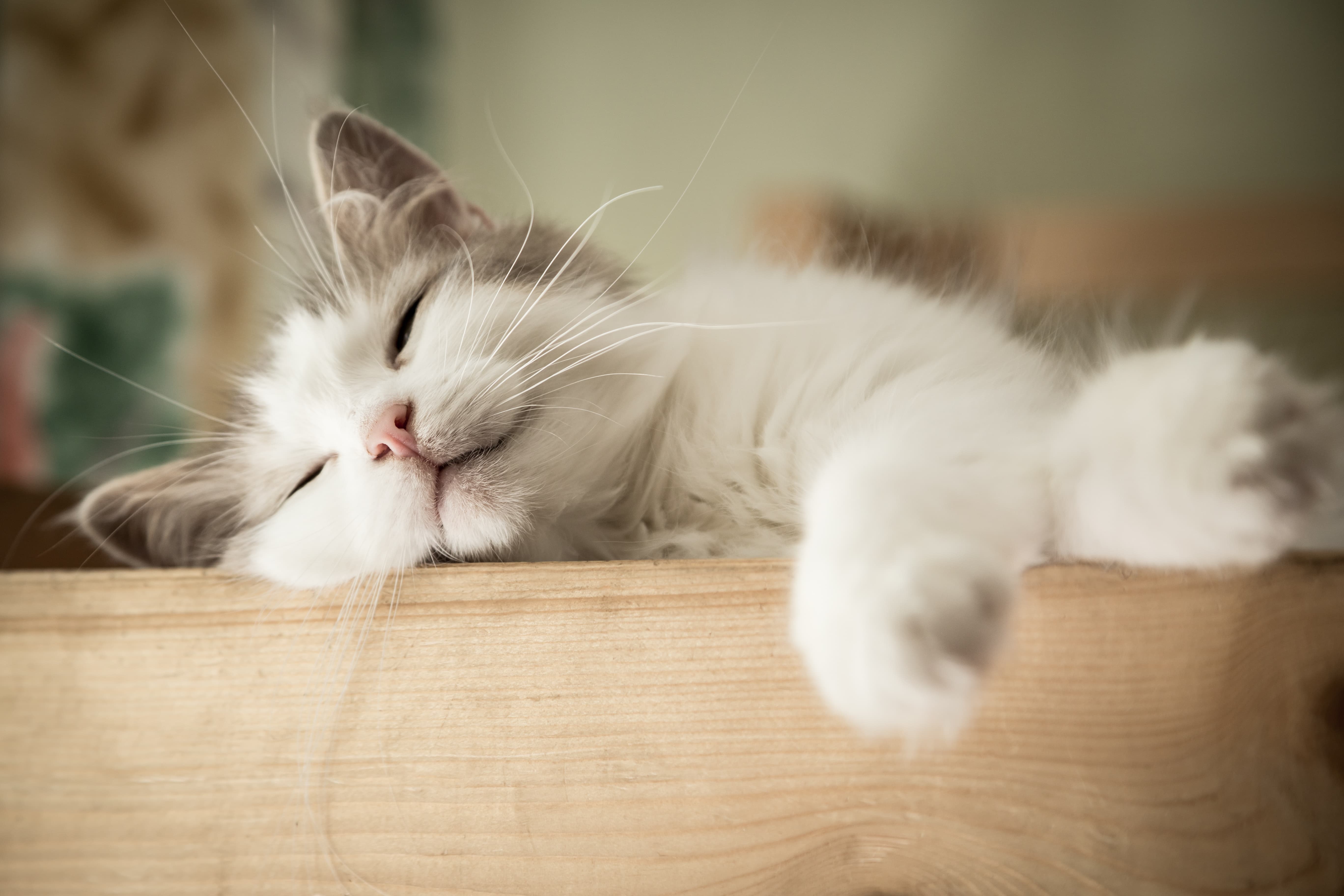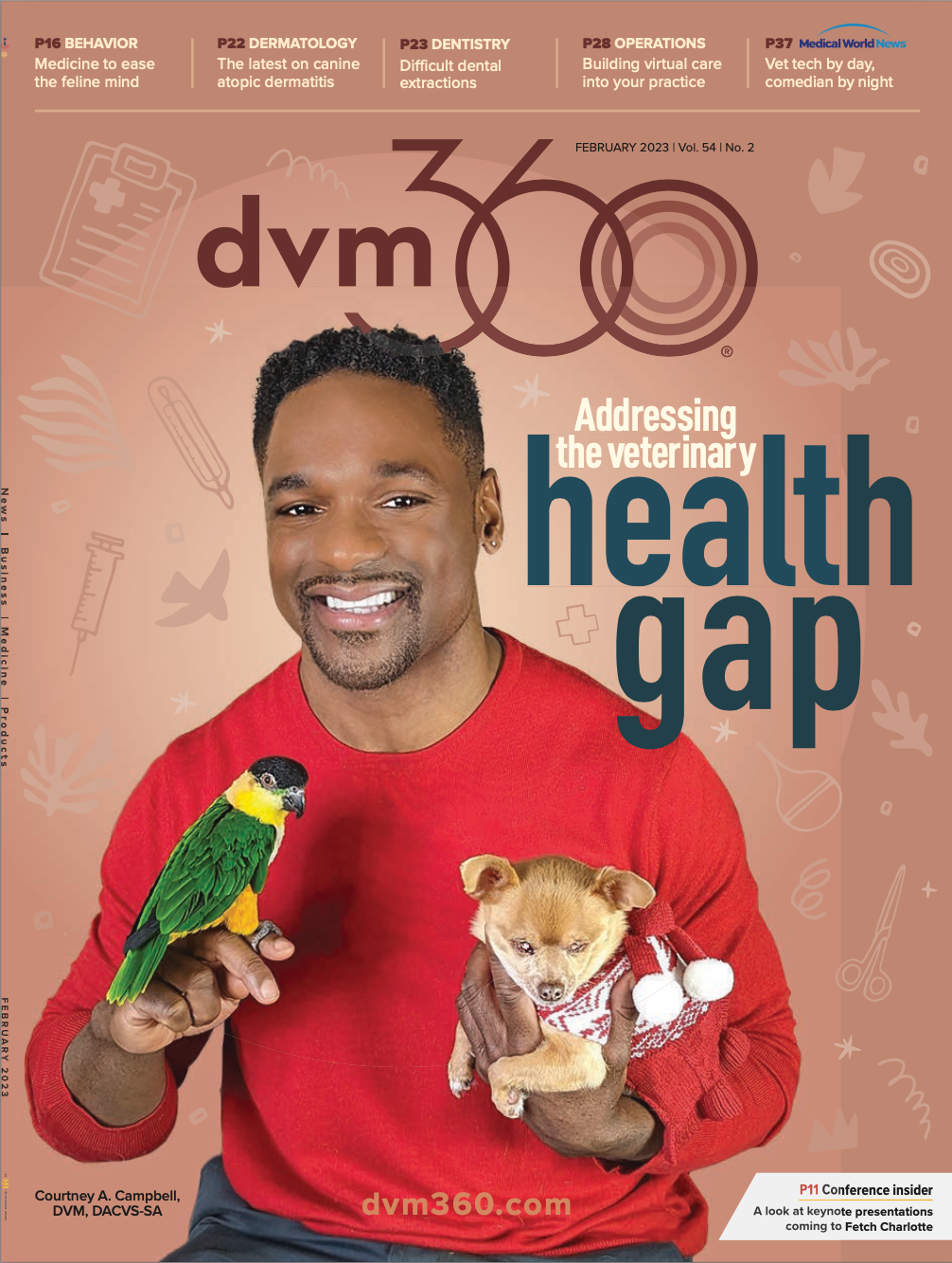Fear Free for all
The importance of lowering the stress level for pets, clients, and the whole veterinary team
Sergiy Bykhunenko / stock.adobe.com

As veterinary professionals, we want to ensure a stress-free experience for our patients, the families who love them, and all members of our team. Before PetVet365 opened its doors in January 2019, Dr Katie Craven-Smith and I spent a good chunk of our time discussing the type of hospital and environment we wanted to create.
That’s when Fear Free caught our attention. In 2018, the concept was still fairly new. As we began researching it, we realized that it was the right fit for our business model and the enhanced quality of care we sought to provide. We were impressed with Fear Free’s certification programs and courses on emotional well-being, enrichment, and the reduction of fear, anxiety, and stress in pets while improving the experience of everyone involved.
We knew that the certification would be essential for our business, and we achieved the goal in November 2022, becoming the first hospital network to be certified by Fear Free. But it wasn’t just our network; every staff member is likewise certified.
The benefits of this include:
- Reducing/removing anxiety triggers that can cause pets to become fearful at home, in transport, and at the hospital
- Elevating the client experience and increasing compliance
- Creating a culture that attracts qualified candidates and fosters work satisfaction and retention
- Enhancing the quality of medicine and improving safety for the team
Fear Free in practice
The Fear Free approach means taking the time to understand what is causing pet anxiety and working with clients to develop a personalized care plan that minimizes it. That’s why we decided not to have waiting areas: they’re often stress triggers for pets. Instead, clients text us from their car, and we meet them at the door and escort them to an exam room.
We also chose to design the exam room like a family room. Our veterinarians perform checkups on the floor, the couch, or with the pet on the client’s lap, which we’ve found puts the animals more at ease. We have dog- and cat-specific rooms and use pheromones to create a calming atmosphere. Treats are also key to keeping pets focused.
If pets are still exhibiting a fear response, we try to reduce it through “victory visits,” during which they are allowed to explore the hospital and meet the veterinary team before receiving care. Clients are very receptive to this approach because they see their pet become less fearful, which makes it possible for them to be examined thoroughly and receive the best care. If that doesn’t work, pre-visit pharmaceuticals, or what we refer to as a “chill pack,” can make the visit pleasant for both the pet and the pet parent.
Fear Free is essential to delivering the highest quality of medicine. When I enter the exam room, the pet and client are relaxed, and I’m able to examine the pet more closely.
I’m often asked whether Fear Free takes too much time and money. In our experience, it actually saves on both. It is an efficient way to relieve everyone’s uneasiness while making visits more productive. We also believe that it’s as important for the client as for the pet to have a Fear Free experience because when a pet isn’t comfortable, neither is the client. Fear Free helps build trust between the client and the veterinary team, so they understand we’re going the extra mile for their pet and family.
